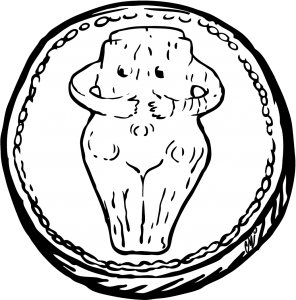Monthly micro-exhibitions at the Dr. Nicolae Minovici Museum of Folk Art

The thematic exhibitions conceived by the museum team for 2021 aim at framing the patrimony of the Minovici Museum, from the building to the collection, in detail. These micro-exhibitions will take place throughout a calendar month, continuing in a separate key the project “Object of the Month at the Minovici Museum” from 2020. The project aims to organize a dynamic exhibition with a documentary character every month, inside the museum, in order to offer the public more information about the collection, in unique hypostases. Emphasis will be placed on pieces that are already part of the permanent exhibition and cannot be moved to another exhibition context, and especially on architectural elements, due to their immobile nature. To complete the exhibitions we will also use the invisible part of the permanent exhibition: the storage, addressed by many speeches in the museum world in recent times.
Thus each month of 2021 will bear the imprint of a mini-exhibition project: January designates the “Biedermeier Month at the Minovici Museum”, which concerns the Biedermeier bedroom and furniture exhibited in this room; in February we will take a look “From Academism to Impressionism in the Paintings of the Nicolae Minovici Collection”, with emphasis on the Nicolae Minovici’s paintings from the lounge of the villa. Our attention will be directed later, in March, on the “Ornamental Pieces of the Traditional Women’s Costume” exhibited in the hall on the ground floor, once again celebrating the creative skill and attention to detail of the peasants and ladies from the past of the Romanian countries. “The Album of the Villa with Bells”, bequeathed by the collector doctor Nicolae Minovici, will be presented in a short film that we will realize for the month of April, the same month when the Act of Establishment of the Villa was signed (April 20, 1905). We will visit once again “Modern Ceramic Workshops from the Minovici Collection: Roadside Cross and Gheorghe Niculescu, Tompa Brothers and Domeniile Coroanei Workshops” in May, taking advantage of the variety of pieces contained in the Minovici collection. June is “Children’s Month: with Games and Toys” when we aim to exhibit the ceramic whistle toys of the collection, along with a multimedia collage with information about games played by children from villages in the past.
The series “Architectural Elements of the Minovici Villa: Terrace-loggia, Tower and Stoves” is perhaps the most significant step for changing the perspective from the collection to the building that houses it, a true monument of Romanian architecture, designed by architect Cristofi Cerchez. The series of architectural elements will last three months, one month for each element, in July, August and September. “The Lighting Fixtures from the Minovici Collection” will be studied in October, targeting metal candles, wooden chandeliers hanging from the vault of the Museum Chapel, and the high polychrome wooden candlestick displayed in the same special space. “Objects of Worship from the Minovici Collection” are the objects we will focus on in November, which include the books ‒ the Book of Hours and the Gospel ‒ or objects of liturgical worship such as chalices, blessing crosses and censers. December will end the project with an “Exhibition of Icons: Representations of St. Nicolae ”, whose name bears the founder of the first museum of folk art.


